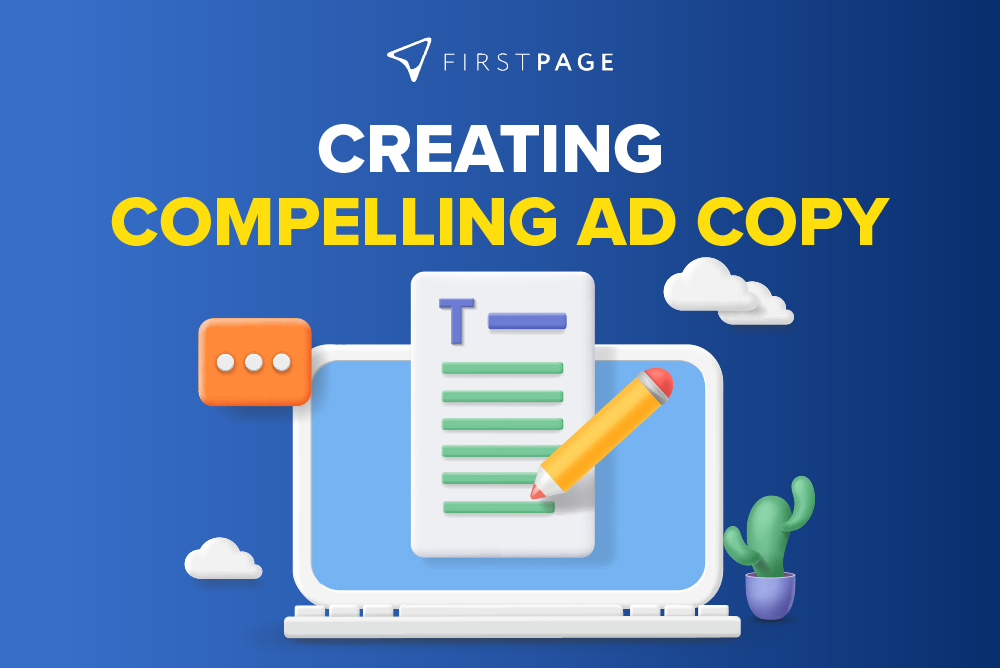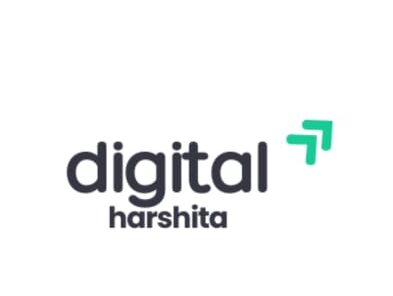
How to Create Highly Targeted Ad Copies That Convert: A Complete Guide
In the world of digital advertising, writing ad copy that captures attention isn’t enough — it must speak directly to your ideal customer and move them to action. That’s where highly targeted ad copy comes in. Whether you’re running Facebook Ads, Google Ads, Instagram promotions, or even native ads, crafting personalized, conversion-focused copy is key to achieving a strong ROI.
In this detailed guide, you’ll learn how to write highly targeted ad copies that actually convert — step-by-step, with actionable tips and examples.
📌 What is Targeted Ad Copy?
Targeted ad copy is content written specifically for a particular audience segment. It speaks to their unique needs, desires, pain points, and buying behavior. The more specific your messaging, the more likely your ad will catch attention and drive action.
✅ Step 1: Know Your Audience Inside and Out
You can’t write effective ads if you don’t know who you’re writing to. Audience research is the foundation of targeted copy.
🔍 Build Customer Avatars:
Ask these questions:
- What is their age, gender, location?
- What are their pain points or goals?
- What keeps them up at night?
- What motivates them to buy?
- What social platforms or websites do they use?
💡 Tools for Research:
- Google Analytics (Audience tab)
- Facebook Audience Insights
- Reddit or Quora discussions
- Surveys and email feedback
- Competitor comment sections or reviews
👉 Example:
If you’re selling skincare products to women aged 25–40 with acne concerns, your copy should reflect empathy for their struggles and present a solution they trust.
✅ Step 2: Craft a Clear, Compelling Value Proposition
Your value proposition is the core benefit you offer — what makes your product or service the best choice for your audience.
🧠 Ask:
- Why should someone choose you over a competitor?
- What’s the main benefit that will improve their life?
- Can you prove it quickly?
✔ Formula:
“We help [target audience] achieve [desired result] without [objection or pain point].”
👉 Example:
“Clear skin in just 7 days — without harsh chemicals or expensive treatments.”
✅ Step 3: Use the AIDA Formula to Structure Your Copy
The AIDA framework helps create flow in your ad so people stop, read, and act.
🔹 AIDA Explained:
- Attention: Grab them with a bold headline or image.
- Interest: Present a benefit or hook.
- Desire: Build emotional connection by showing what they gain.
- Action: Tell them exactly what to do next (CTA).
👉 Example for a fitness coach:
- Attention: “Struggling to lose belly fat after 30?”
- Interest: “Join 1,000+ women who transformed their bodies naturally.”
- Desire: “Feel confident again with just 20 minutes a day.”
- Action: “Sign up for your FREE meal plan now!”
✅ Step 4: Use Language That Mirrors Your Audience
Great copy sounds like the reader is talking to a friend who understands them. Avoid jargon or vague language.
🔥 Tips:
- Use “you” instead of “we” or “our”
- Focus on benefits, not features
- Match their tone of voice — casual, formal, humorous, etc.
- Reflect their emotions, desires, and pain points
👉 Example:
Instead of:
“Our service provides comprehensive data protection protocols.”
Say:
“Worried about losing your data? We keep your files safe, 24/7.”
✅ Step 5: Create Multiple Ad Variations for Different Segments
One-size-fits-all ads rarely work. Instead, create ad sets for different customer segments, even if you’re selling the same product.
🎯 Examples:
- Segment by age: 20-year-olds vs. 50-year-olds care about different benefits.
- Segment by location: Seasonal messaging varies by geography.
- Segment by pain point: One ad could focus on speed, another on affordability.
👉 For a travel agency:
- Ad 1 (Young Travelers): “Backpacking Europe on a Budget? Start Here!”
- Ad 2 (Families): “Stress-Free Family Vacation Packages to Europe.”
✅ Step 6: Add Social Proof and Specifics
People trust proof more than promises. Numbers, testimonials, and reviews add credibility.
📊 Use:
- Testimonials or case studies
- Number of happy customers
- Certifications, awards, or guarantees
- Screenshots or ratings
👉 Example:
“Over 12,000 happy parents trust our baby-safe cleaning products.”
✅ Step 7: Include a Strong, Clear Call-to-Action (CTA)
A targeted ad without a CTA is like a GPS without a destination. You must tell your audience what to do next.
✏️ Examples:
- “Shop Now”
- “Download the Free Guide”
- “Book a Free Demo”
- “Sign Up Today – Limited Spots”
- “Get 20% Off – Use Code: SAVE20”
Make the CTA urgent and benefit-driven, not just functional.
✅ Step 8: Use Powerful Emotional Triggers
Humans buy with emotion and justify with logic. Emotional triggers like fear, joy, belonging, or scarcity can drastically improve performance.
🎯 Examples of Emotional Hooks:
- Fear of Missing Out: “Only 3 seats left!”
- Hope: “Start your transformation today.”
- Trust: “Doctor-approved and tested.”
- Convenience: “Delivered to your door — no hassle.”
✅ Step 9: A/B Test and Optimize
Writing the perfect ad copy rarely happens on the first try. Run A/B tests to find what works.
Test Variables:
- Headline variations
- CTA buttons
- Long-form vs. short-form copy
- Emotional vs. logical tone
- Different offers (discount vs. free trial)
📈 Use analytics platforms like Meta Ads Manager or Google Ads Dashboard to evaluate:
- Click-through rate (CTR)
- Cost per click (CPC)
- Conversion rate
- Engagement rate
Cut the underperforming versions and double down on what works.
✅ Step 10: Align Copy With Visuals
Your ad copy should match the creative assets — the images or videos you’re using. Misalignment confuses users and kills performance.
✔ Copy + Visual Alignment:
- If your headline says “Lose Weight Fast,” the image should show a before-after transformation.
- If you offer a free eBook, show the eBook cover with a download icon.
Consistency builds trust and improves ad recall.
📌 Bonus Tips for High-Converting Ad Copy
🔹 Use Power Words
Words like guaranteed, exclusive, proven, free, limited time, breakthrough grab attention and boost conversions.
🔹 Keep It Short and Scannable
Online readers skim. Use:
- Bullet points
- Bold words
- Short paragraphs
- Emojis (if on platforms like Facebook or Instagram)
🔹 Leverage Retargeting
Write specific copy for people who visited your site but didn’t buy:
“Still thinking about it? Your cart is waiting — and so is your discount!”
🔚 Final Thoughts
Creating highly targeted ad copy is both an art and a science. It starts with knowing your audience and ends with testing and refining your message. When done right, it speaks directly to the customer’s heart, solves a problem, and drives action — whether that’s a click, a sale, or a subscription.
Remember, the best ad copy doesn’t sell — it connects.
So, before launching your next campaign, take the time to dig deeper into who you’re speaking to, and craft copy that makes them feel like you’re reading their mind.

